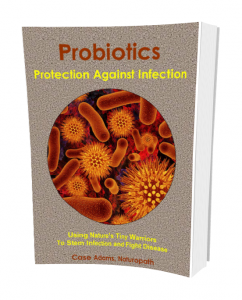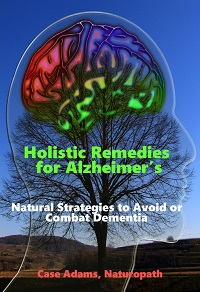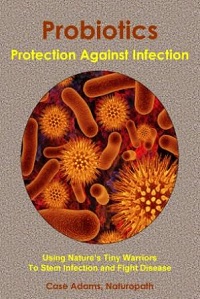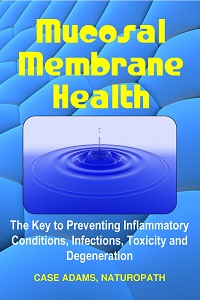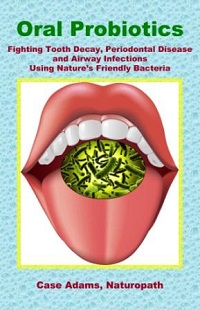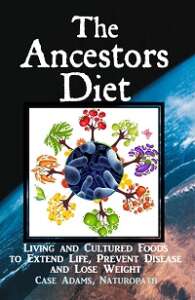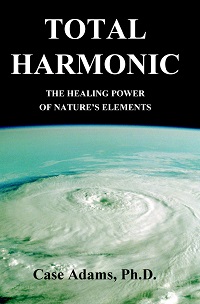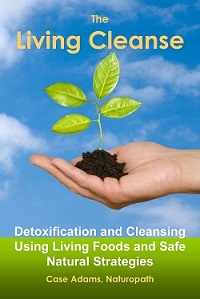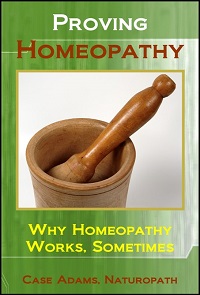The Rise of Acinetobacter baumannii: Nature’s Antibiotics are Last Resort
The once considered insignificant bacterium Acinetobacter baumannii is on the rise. And not to our benefit, as the species has quickly grown to be one of the most persistent and lethal cause of infections, especially in hospital environments.
Acinetobacter baumannii has two things going for it: It can reside for long periods on metal surfaces. And it can readily become resistant to antibiotics. In other words, it is hardy and difficult to shake.
Worse is the bacteria can readily infect the bloodstream, urinary tract and other tissues.
Research has found Acinetobacter baumannii to be a leading source of hospital acquired infections (HAIs). In a study of 45 Italian hospitals, Acinetobacter baumannii was the third most prevalent cause of hospital acquired infections.
Furthermore, other research has shown that Acinetobacter baumannii were found to be resistant to all antibiotics 58 percent of the time.
In this article
Wounds and Pneumonia
Acinetobacter baumannii is an extremely pathogenic bacteria that often infects wounds and is a frequent form of hospital acquired infections. A study of European intensive care units found that A. baumannii was the infective agent in nearly 20% of all cases of hospital acquired pneumonia cases (nosocomial pneumonia).
This study also found that nearly a third of all patients that entered the 27 intensive care units from nine European countries that received ventilation were infected with hospital acquired pneumonia.
A. baumannii has also been found among many emergency medical treatment facilities in Iraq and Afghanistan over the past decade. Shrapnel and mortar wounds invite the bacteria because of their open nature and contact with these metals.
The bacteria can also survive in harsh, dry conditions, and will reside on the skin for some time – often evading skin probiotics that have been damaged by antibacterial scrubs.
Increasingly antibiotic resistant
And because Acinetobacter baumannii will be present in many hospital and other treatment facilities, many antibiotic-resistant superbug strains have developed, including the most dangerous, multidrug resistant strains. This means the bacteria strain has become resistant to a number of antibiotics, and thus is extremely difficult to treat conventionally.
Most of these bacteria are now resistant to broad-spectrum antibiotics such as carbapenems, fluoroquinolones, tetracyclines and aminoglycosides.
For this reason, researchers are now desperately looking at natural antibiotic substances. And yes, nature does contain a number of natural antibiotics that are hard for bacteria such as A. baumannii to develop a resistance to.
Curcumin and polyphenol significantly antibiotic
Research from the Center for Immunology and Infectious Disease at London’s Queen Mary University has determined that a compound from turmeric combined with a compound found in a number of vegetables, herbs and nuts can significantly inhibit antibiotic-resistant forms of Acinetobacter baumannii.
The researchers tested several strains of antibiotic-resistant A. baumannii with curcumin – the medically active compound from the turmeric root. They found that curcumin alone offered mild inhibition of the A. baumannii, with a minimum inhibition concentration (MIC) of more than 256 micrograms per milliliter.
But when the curcumin extract was applied together with the polyphenol epigallocatechin gallate, the inhibition levels increased by many times – with some having MIC levels ranging from 64 micrograms per milliliter to as low as 4 micrograms per milliliter.
MIC measures the concentration of a substance that inhibits the bacteria. Lower concentrations mean the antibiotic has more antimicrobial strength.
The researchers concluded:
“Our study has shown that a combination of curcumin extract and epigallocatechin gallate has an enhanced antimicrobial activity against multidrug-resistant Acinetobacter baumannii. This research suggests that the combination could be developed as an effective topical antimicrobial agent for the treatment and control of MDR Gram-negative infections in health and medicine.”
What is epigallocatechin gallate?
Epigallocatechin gallate (EGCG) is a type of catechin, contained in a number of green vegetables, herbs and nuts. Green tea provides one of the best sources of EGCG, but black tea lags behind, as EGCG is sensitive to heat processing. Carob is also a relatively good source and so is bayberry and bergenia (Bergenia ciliate) herbs among others.
Epigallocatechin gallate has also been found to inhibit cancer cell growth.
Antibiotic mechanisms of curcurmin and epigallocatechin gallate
The researchers also tried to determine just how the combination of natural antibiotics was so successful against the bacteria. They found that the epigallocatechin gallate is able to disrupt the outer cell membrane of the bacteria, allowing the entry of curcumin into the cell, which interrupts the cell’s metabolism.
Turns out nature has provided the means to resist harmful bacteria the whole time.
REFERENCES:
Longo F, Vuotto C, Donelli G. Biofilm formation in Acinetobacter baumannii. New Microbiol. 2014 Apr;37(2):119-27.
Donnarumma F, Sergi S, Indorato C, Mastromei G, Monnanni R, Nicoletti P, Pecile P, Cecconi D, Mannino R, Bencini S, Fanci R, Bosi A, Casalone E. Molecular characterization of acinetobacter isolates collected in intensive care units of six hospitals in Florence, Italy, during a 3-year surveillance program: a population structure analysis. J Clin Microbiol. 2010 Apr;48(4):1297-304. doi: 10.1128/JCM.01916-09.
Betts JW, Wareham DW. In vitro activity of curcumin in combination with epigallocatechin gallate (EGCG) versus multidrug-resistant Acinetobacter baumannii. BMC Microbiol. 2014 Jun 27;14:172. doi: 10.1186/1471-2180-14-172.
Koulenti D, Lisboa T, Brun-Buisson C, Krueger W, Macor A, Sole-Violan J, Diaz E, Topeli A, DeWaele J, Carneiro A, Martin-Loeches I, Armaganidis A, Rello J; EU-VAP/CAP Study Group. Spectrum of practice in the diagnosis of nosocomial pneumonia in patients requiring mechanical ventilation in European intensive care units. Crit Care Med. 2009 Aug;37(8):2360-8. doi: 10.1097/CCM.0b013e3181a037ac.
Zhang D, Rajaratnam V, Al-Hendy O, Halder S, Al-Hendy A. Green Tea Extract Inhibition of Human Leiomyoma Cell Proliferation Is Mediated via Catechol- O -Methyltransferase. Gynecol Obstet Invest. 2014 Jun 18.
Darvesh AS, Bishayee A. Chemopreventive and therapeutic potential of tea polyphenols in hepatocellular cancer. Nutr Cancer. 2013;65(3):329-44. doi: 0.1080/01635581.2013.767367.


